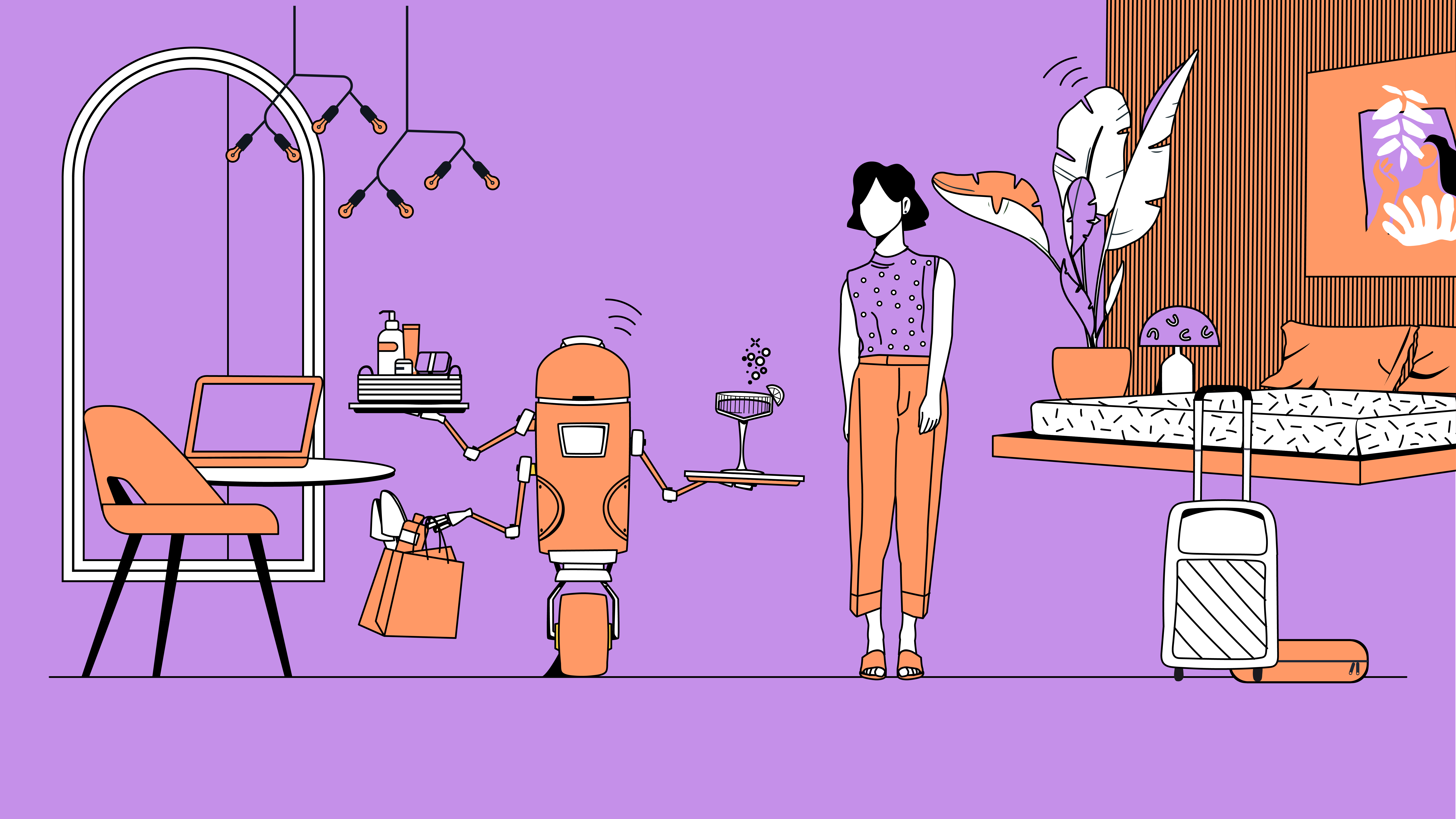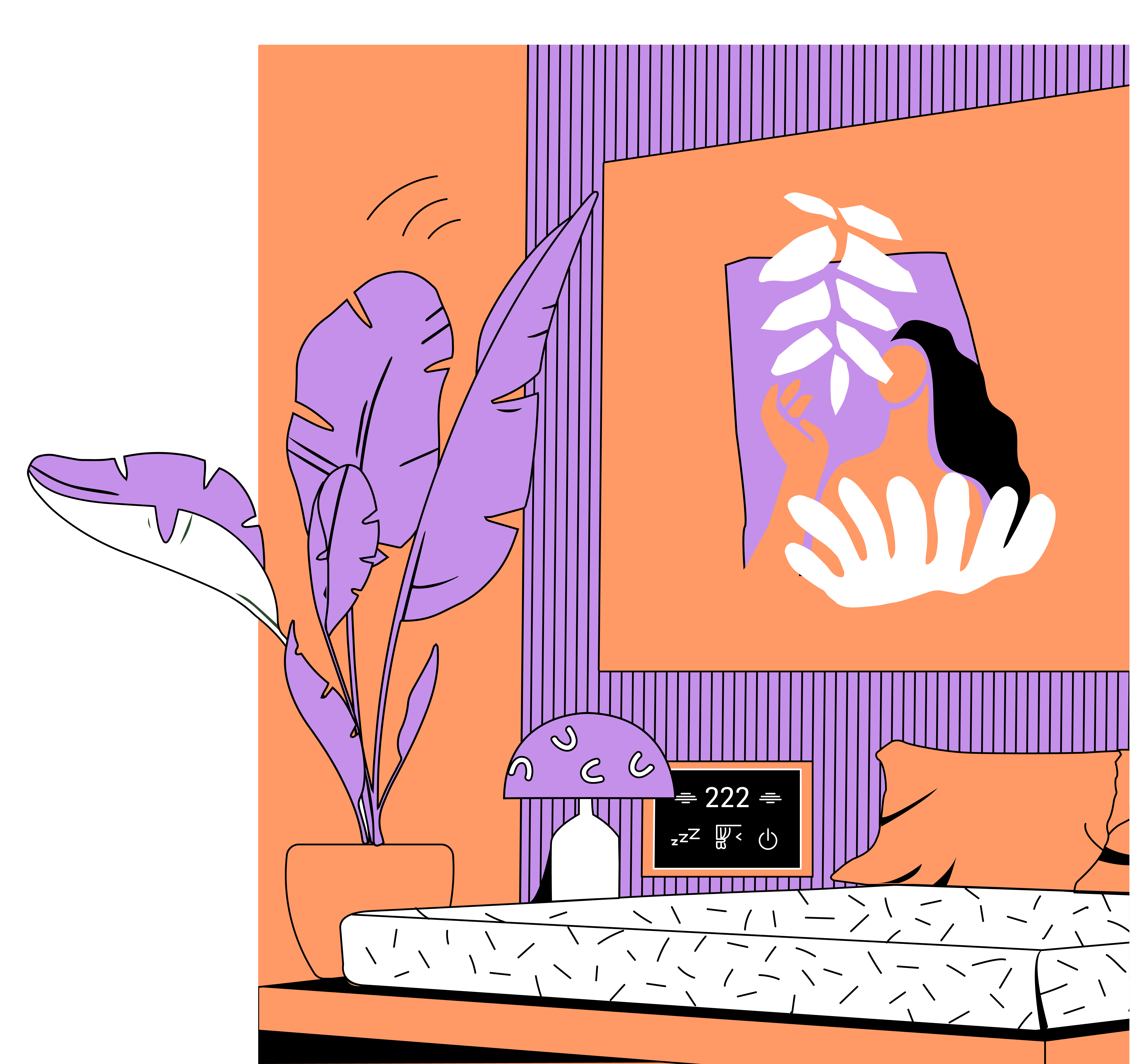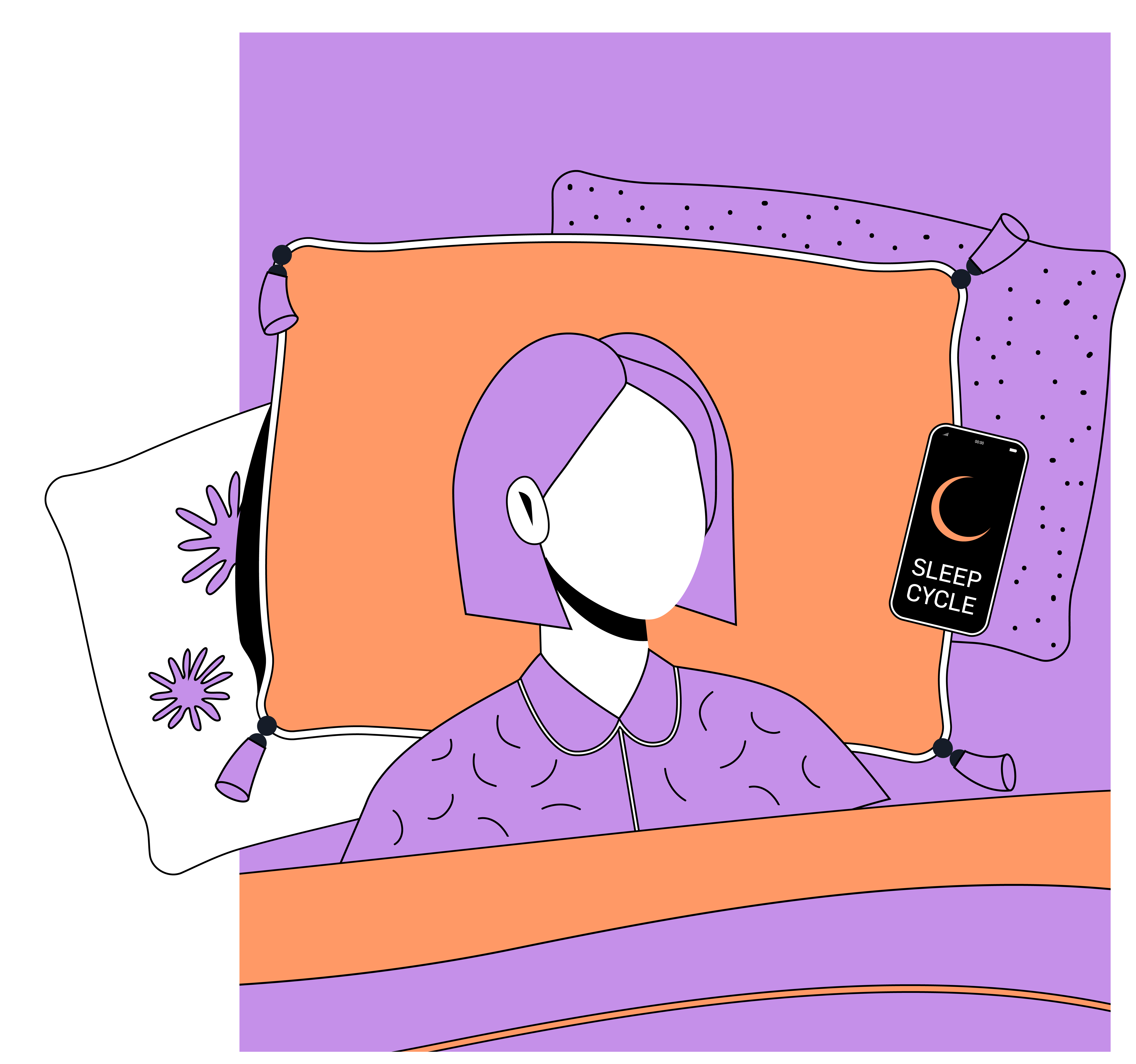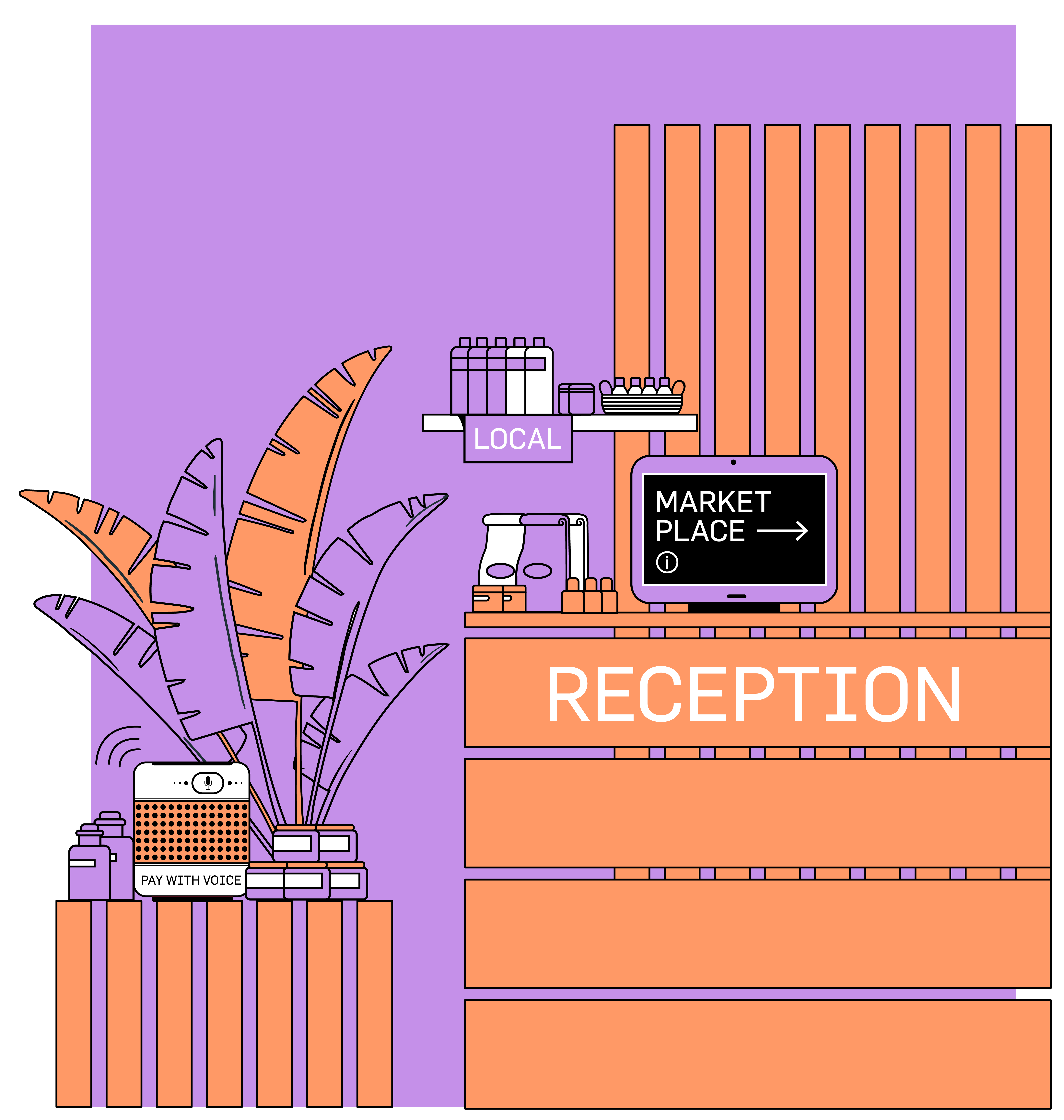Working Hard, or Hardly Working
To soothe the villains known as Friction and Complexity, which are voracious in their tendency to devour success, companies need to implement simple, intuitive, and engaging brand-led experiences.
Siegel+Gale
November 2022
This article originally appeared in Campaign.

Silk pillowcases embroidered with the guest’s initials. Marble bathtubs overflowing with lavender-scented suds. Overstuffed, bulky sofas bundled in a “vintage” pattern that leans more old folks than opulent. These are some of the hallmarks—and hiccups—of heritage hotels.
Of the 25 global industries ranked in the ninth edition of the World’s Simplest Brands study, hotels ranked 20th, a 12-point drop from the previous edition. Of course, there is one obvious culprit for why hotels checked out of the most recent study. Hotels sanitized rooms, reduced housekeeping visits, and eliminated the beloved breakfast buffet. But they couldn’t rid the perception that COVID-19 was throwing in-room bonanzas that made The Who’s notorious bashes look so tame that they might’ve been mistaken for The Wiggles.
But there is another reason that the opinion towards once-desirable hotels has plummeted. No longer the pinnacle of posh, heritage hotels are, like the unripe cubes of honeydew at said breakfast buffet, unwanted. Despite their best storytelling and marketing efforts, many aren’t seen as trendy and experience-centric; rather, they’re seen as somewhere your great-grandfather stays when he’s at the annual coin-collecting convention. The room is more reminiscent of that one in which Roger and Don stayed than a space in which crypto whales cash out for NFT art that they’ll display in their metaverse hotels—of which, of course, they are the owner.
Although a hotel might be considered heritage, it can’t rest on its laurels. It doesn’t matter that you have a century-old brandy lounge with butter-leather chaises. What does matter is that the brand is capturing new customers and evolving with them into the future, all while staying true to their identity.
Many of these brands have strong legacies—legacies of which brands outside the category would be jealous, envying their trust, prestige, and storied past that should be easy to translate to today. But too much reveling in the past has challenged the hospitality industry more than an angry customer who insists on a room with a terrace.
Life isn’t the same, not even close. Work isn’t work, and the travel that comes with it has gone the way of school and entertainment: to the screen. Nomads have become a real thing—but the 21st-century version brags more and has less depth. People can get entire houses—10 times the space of a hotel room with ten times the amenities—for the cost of a single suite.
And budget hotels aren’t so budget anymore. Powerhouse mid-market brands we used to know and love have cut the amenities and squeezed more boxes in the sky. And what happened to getting meals after 8 p.m.? Nowadays, you’re lucky to get rock-hard Hot Pockets and a flat Coke in a weird closet next to a half-asleep staff member. Premium and luxury brands of yesteryear aren’t servicing new audience needs and expectations. Consumers aren’t fooled by marble details and nonfunctioning Wi-Fi.
If the hospitality brands want to beat out the home travelers and boutique hotel brands, they need to adopt their own housekeeping policy about four-day-old bath towels: change it up. These solutions answer the popular question, “So, what do I do when my brand is working hard, but my product isn’t?”



Trend-setting design, perfect partners, and cultural habitats take the hotel industry from complex to captivating. And that evolution is as transformative as that first time you stayed in a hotel that delivered unlimited breakfast to your bedside—enabling you to feast on breakfast potatoes in your bathrobe.
To learn how the airline industry can order simple, intuitive, and engaging brand-led experiences as easy as late-night French fries, read more.
